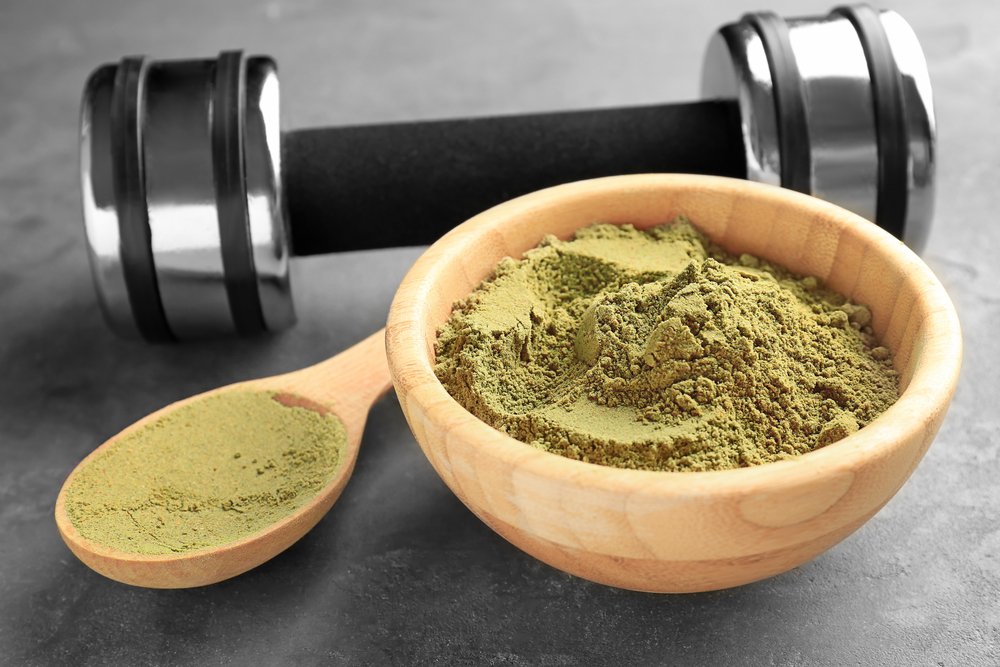
Body Types Explained
No one’s biology or body is the same, which is why what works for one person, may not work for someone else. However understanding the different body types and a person’s somatotype (essentially another word for body type) will greatly help you when devising both a training routine and nutrition plan. Here we look at the 3 key somatotypes (ectomorph, endomorph and mesomorph) and explain how they can greatly influence the results you get in the gym.
What Are Somatotypes?
American psychologist William Herbert Sheldon grouped people’s body types into three areas, these areas were called Somatotypes. In his book, ‘Atlas of Men’ published in 1954, Sheldon named these somatotypes as; ectomorph, endomorph and mesomorph.
Ectomorphs are characterised by long and thin muscles/limbs and a low fat storage; usually referred to as ‘slim’. They struggle to store muscle or fat. In terms of sport they are best suited to events such as high jump, long distance running and swimming.
Mesomorphs are characterised by medium bones, a solid torso and wide shoulders with a narrow waist; considered ‘muscular’. Mesomorphs are predisposed to build muscle but not store fat. They can also drop fat relatively easy and tend to be great bodybuilders, rugby players and rowers.
Endomorphs are characterised by increased fat storage, a wide waist and a large bone structure, usually referred to as ‘fat’. In terms of sport these are best suited to rugby, sumo wrestling and power lifting.
You Can Be More Than One!
Now it’s worth noting that people won’t strictly fall under each category and may be a mix of 2, for example some athletes are quite slim naturally however after a few weeks strength training they can bulk up quite easily, these people tend to be a mix of an ectomorph and mesomorph.
Somatotype and Impact On Training and Nutrition
So now you know about the different somatotypes, let’s look at how it impacts on your training. Let’s assume your goal is to build lean muscle and keep your body fat low at the same time, for an ectomorph your focus should be purely on exercises with the most anabolic response. Isolation exercises are rarely needed if you’re an ectomorph, unless you have a specific area of weakness. It’s believed that training the full body 3 times a week for an ectomorph will give the most benefits. Rarely is an extra workout needed since this may tip your body into a catabolic state and start eating into that hard-earned muscle. With regard to nutrition ectomorphs can usually eat what they want without putting on fat and actually require the additional calories to create a calorie surplus and therefore bulk up. But as usual it’s important to eat nutrient dense foods and to eat the 3 key macronutrients (carbs, protein and fats) in the right amounts.
For mesomoprhs your recovery times will be quicker than those who are purely ectomorphs which means you could quite happily train 4 or 5 days a week although full body splits wouldn’t be the best way to do it. Regarding nutrition mesomoprhs usually carb cycle, which is where you might have 1 high carb day followed by 2 low carb days (this is unlike the ectomorph who can afford to have constantly high carb days).
For an endomorph although your focus will be on primarily training to lose fat, it’s important to keep your muscle. Muscle burns calories at rest meaning you need to eat more in order to keep your body fuelled. However, this doesn’t mean you can gorge on junk food all day and have to include nutrient dense foods into your diet. With regard to training endomorphs respond very well to supersets, drop sets and circuits since the extra volume is good for not only lowering body fat but also building muscle at the same time







No Comments yet!